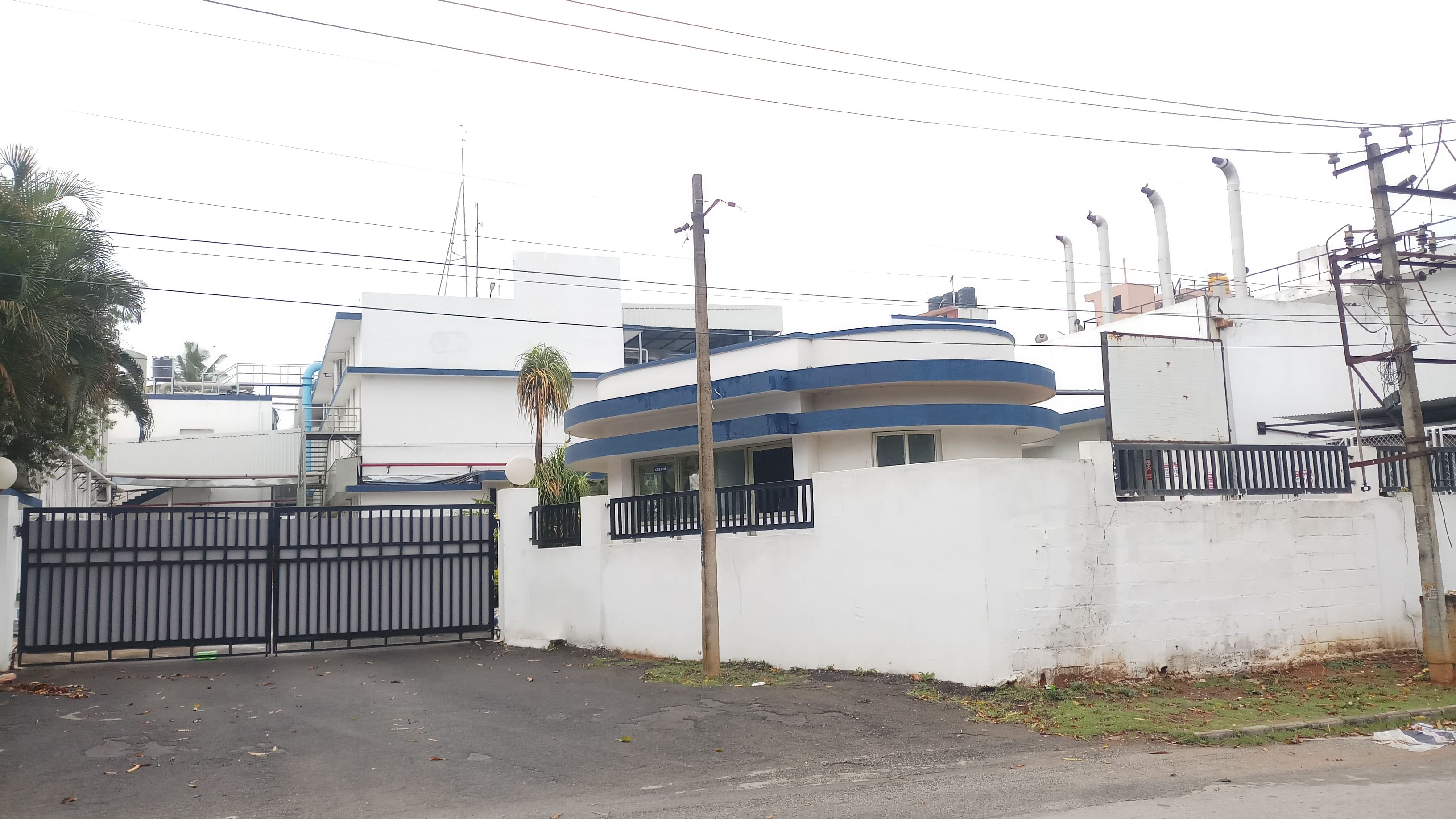
By Kapil Kajal
Established in the late 1970s by the Karnataka Small Industries Development Corporation, Bengaluru’s Peenya industrial area is one of the oldest and largest industrial areas in south-east Asia. However, the concentration of industrial establishments has contributed to high air pollution in the area.
With over 2,000 industries in the area, the Peenya industrial cluster is declared as severely polluted area and stands at 32nd position with a Comprehensive Environmental Pollution Index (CEPI) overall score of 65.11 (50-70 means severely polluted) and air pollution score of 56.
According to Karnataka State Pollution Control Board (KSPCB), of all the 2,101 industries, there are 334 industries which are in the red category, which means they contribute the most to the pollution and 473 are orange-category industries. The major polluting industries are engineering with surface treatment, spray painting, pharmaceutical R&D, service station, electroplating, garment washing, dyeing and printing industries.
Dr TV Ramachandra, a scientist with the Indian Institute of Science, Bengaluru, stated that there is a phenomenal increase of various industries across the city and the most polluted part of the city is Peenya industrial area owing to the presence of numerous polluting industries.
Owing to the Peenya industrial area, the pollution levels of the entire city has gone up, it is not like that the area is polluted not only with the fine particulate matter but also with heavy metals that are dangerous for health.
The major air pollutants monitored in the industrial cluster are particulate matter, sulphur dioxide, nitrogen dioxide, ammonia and lead as per the norms specified for ambient air quality.
The KSPCB monitoring stations in the Peenya industrial area are at Urban Eco Park and at Swan Silk Private Limited under the National Air Monitoring Programme and the Ambient Air Quality results from 2015-2018 show the excess of air pollution in the area.
(Source- KSPCB)
The nitrogen dioxide and particulate matter concentrations are above the limit in Urban Eco Park and the presence of sulphur dioxide, lead, and methane was found. Similar observations were found at Swan Silk Private Limited.
(Source- KSPCB)
According to the World Health Organization (WHO), particulate matter is a common indicator for air pollution and it affects more people than any other pollutant because comprises sulphates, nitrates, ammonia, sodium chloride, black carbon, mineral dust and water.
While particles with a diameter of 10 microns or less can penetrate and lodge deep inside the lungs, the even more health-damaging particles are those with a diameter of 2.5 microns or less. PM2.5 can penetrate the lung barrier and enter the blood system and chronic exposure to particles contributes to the risk of developing cardiovascular and respiratory diseases, as well as of lung cancer, the WHO added.
Dr Shashidhara Gangaiah, a pulmonologist in Center for Science Spirituality, Bengaluru, mentioned that Peenya industrial area is the hub of heavy metals in Bengaluru and it can damage the genetic growth of any individual, especially kids.
The KSPCB in its action plan stated that instead of the solvent-based paint, many spray painting industries in Peenya industrial area switched over to water-based paint which has reduced the solvent vapours and the industries have started induction heat treatment process which is more eco-friendly compared to the conventional heat treatment methods.
Further, the metal coating units switched over to Physical Vapour Deposition (PVD) coating in place of conventional electroplating, and PVD doesn’t generate toxic fumes and surface treatment industries have installed scrubber with recirculation facility and that has resulted in the reduction of acid emissions while most of the industries have installed exhaust system in the process/manufacturing area to reduce odour emissions, the KSPCB added.
Dr Yellapa Reddy, the Governing Council Member of the Foundation for Ecological Security of India, stated that the industries that produce fewer pollution need to switch to the cleaner fuel with low sulphur content while the industries in the red list should either be closed or should be shifted out of the city.
(Author is Bengaluru - based freelance writer and a member of 101Reporters.com, a pan-India network of grassroots reporters.)